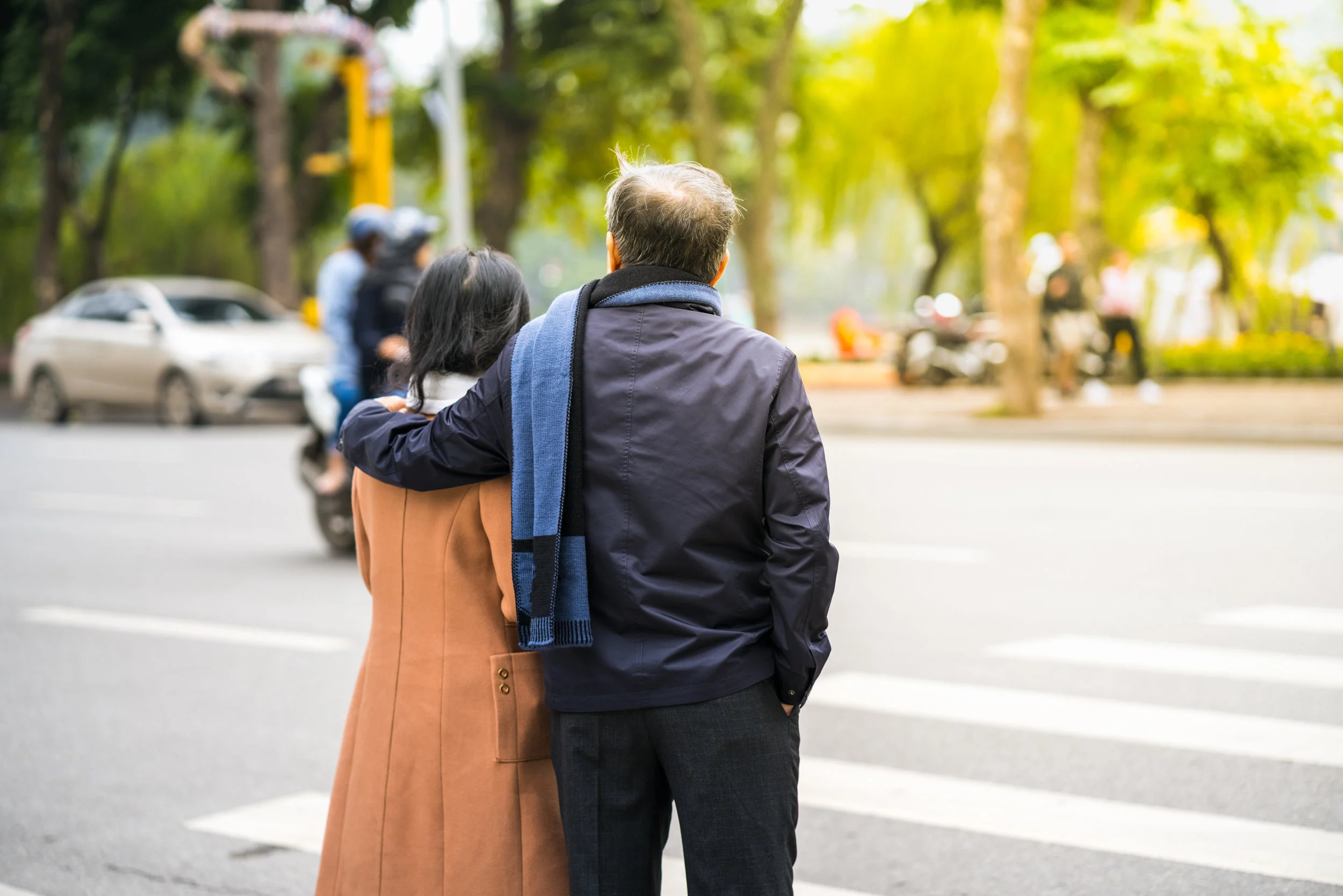What do you call a city with walkable streets, options for housing and transportation, access to services and opportunities for participation in community activities? Livable for all ages.
Age-friendly communities are prepared for the growing global population of people aged 60 and older. Age-friendly cities (counted by AARP in this report) have identified and begun to correct physical, social and economic frameworks to promote independence and improve quality of life for citizens as they age. As the proportion of the global 60-something set doubles from 11% in 2006 to 22% by 2050, making communities livable for the silver tsunami enables people to stay in their homes or neighborhoods even when they experience changes in their health or economic status.
The World Health Organization (WHO) has created a list of eight domains of livability to assess the characteristics of a city that make it more tenable to the 60+ population (with benefits accruing to all residents). The availability and quality of the following domains are known to improve quality of life:
Domain 1 – Outdoor Spaces and Buildings
Outdoor spaces and buildings where people can gather, such as parks, sidewalks, safe streets, outdoor seating and accessible buildings. As public spaces, sidewalks are the front steps to a community, activating streets both socially and economically. It makes little sense that in so many neighborhoods, sidewalks are rare and even non-existent.
Domain 2 – Transportation options
Transportation options that give non-drivers access to services, places and people. Walkable, bike-friendly communities are good for people and business. AARP has a walk audit tool kit to help local groups and leaders assess the walkability of streets and sidewalks in their community.
Domain 3 – Housing that is appropriately designed or modified and affordable
Revitalization without displacement benefits all residents regardless of income or age. Livable communities offer housing for any situation, older adults whose children have moved out or whose spouses have died, single parent families, childless couples, or people who choose to share housing with roommates or prefer multi-family housing rather than a single-family, detached homes
Domain 4 – Social participation
Social participation to prevent isolation and loneliness. Social activity increases mobility, outlook and the desire to take better care of oneself. Loneliness can actually hurt the immune system.
Domain 5 – Respect and social inclusion
Respect and social inclusion via intergenerational activities. Intergenerational bonds need not be traditional or biological. Older adult mentors can make a significant difference in a child's life. The involvement of a reliable, caring adult helps children develop life skills, and builds self-esteem and confidence. One study showed that when a child is mentored by an adult, they are: 46% less likely to begin using illegal drugs; 27% less likely to begin using alcohol; 52% less likely to skip school.
Domain 6 – Civic participation and employment
Civic participation and employment that enable work, volunteerism and active engagement. People who are actively involved in service are empowered citizens, emotionally connected to the community, and more likely to vote. Participation in civil society is strongly correlated with trust in other people.
Domain 7 – Communication and information
Communication and information disseminated through a variety of channels to reach even those without a smart phone.
Domain 8 – Community and health services
Community and health services that residents can access and afford as needed. The $1.8 billion investment that the American Reinvestment and Recovery Act made in community health centers in 2009 yielded $3.2 billion in total economic activity in those areas of the nation that needed it most.
Is your city livable?
AARP maintains a U.S. network of age-friendly cities. In Minnesota, four cities made the livability list: Alexandria, Maple Grove, Northfield and Minneapolis. In her interview with AARP in 2016, former Mayor Betsy Hodges said, “Minneapolitans are living longer and healthier lives, and as a result, the desire for people to remain in their communities is growing, which is wonderful. As of the 2010 census, Minneapolis had 92,000 people age 50 and older, and these numbers will continue to increase dramatically over the next 20 years. As we transform into a 21st century city, we must grow what makes us great, and that includes being a viable living space for all generations.”
Interested in communicating the value of inclusion?
Learn more about making connections for good.


